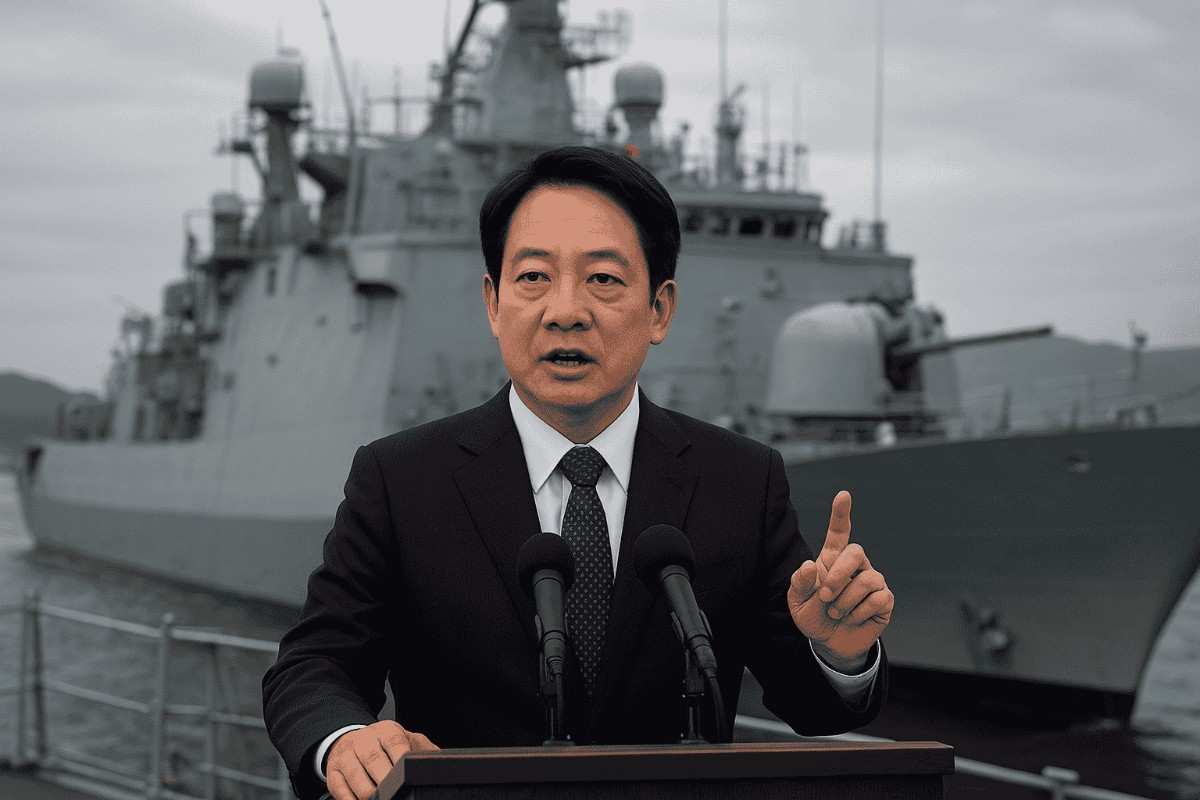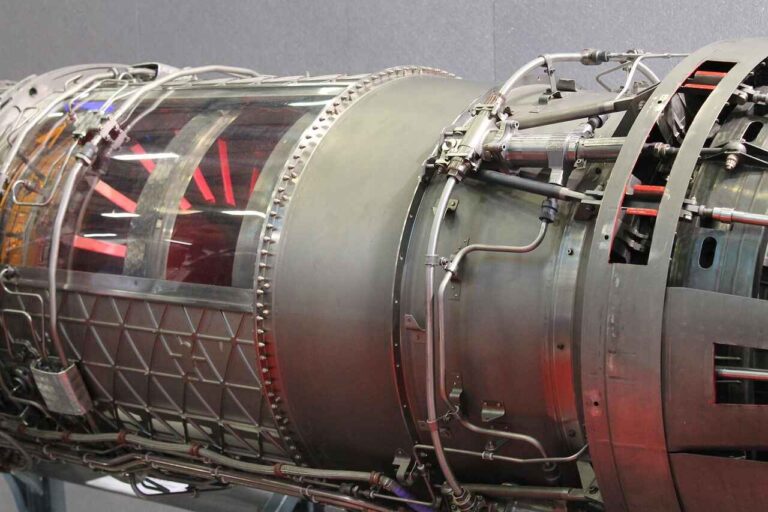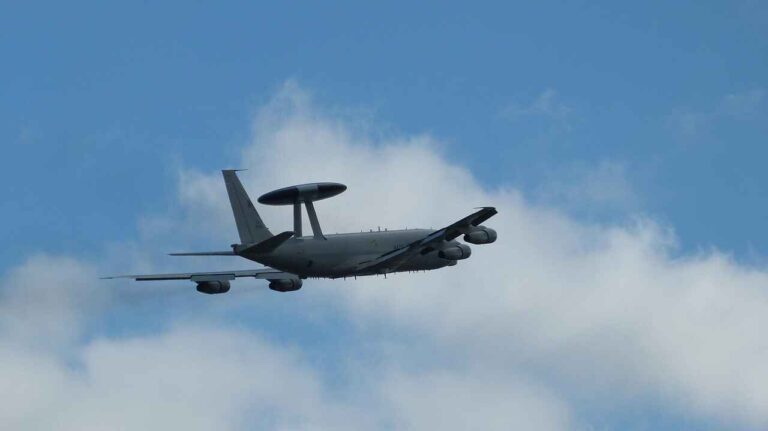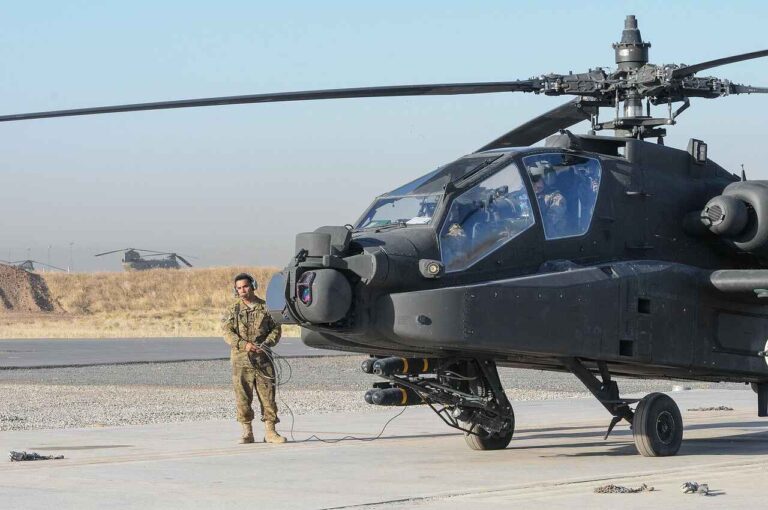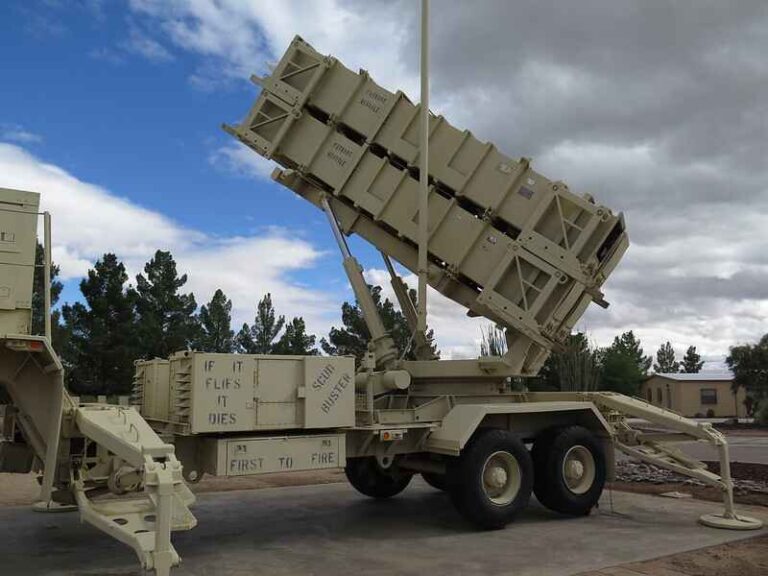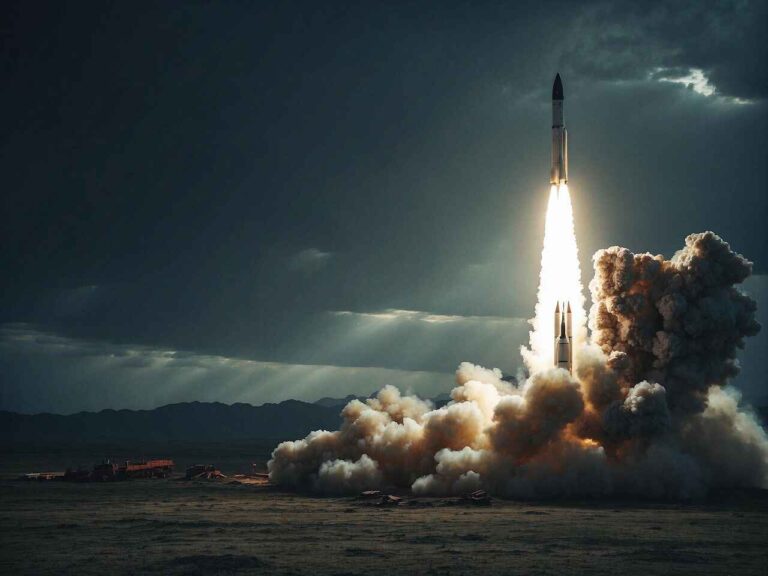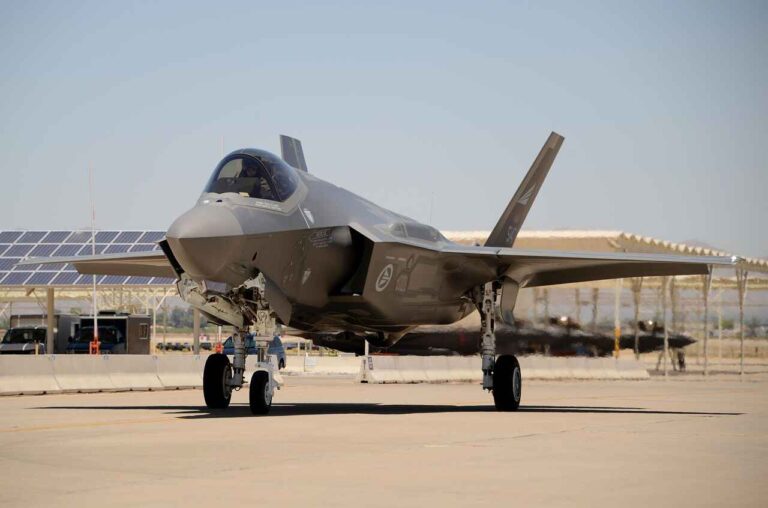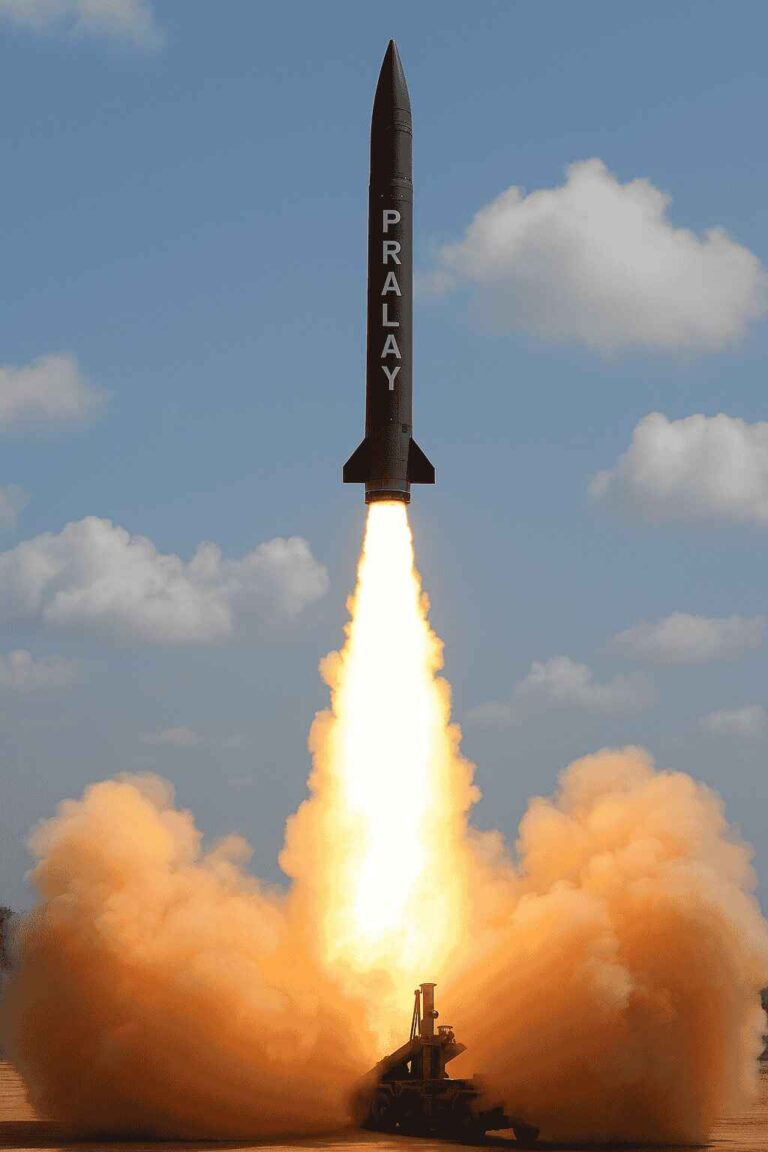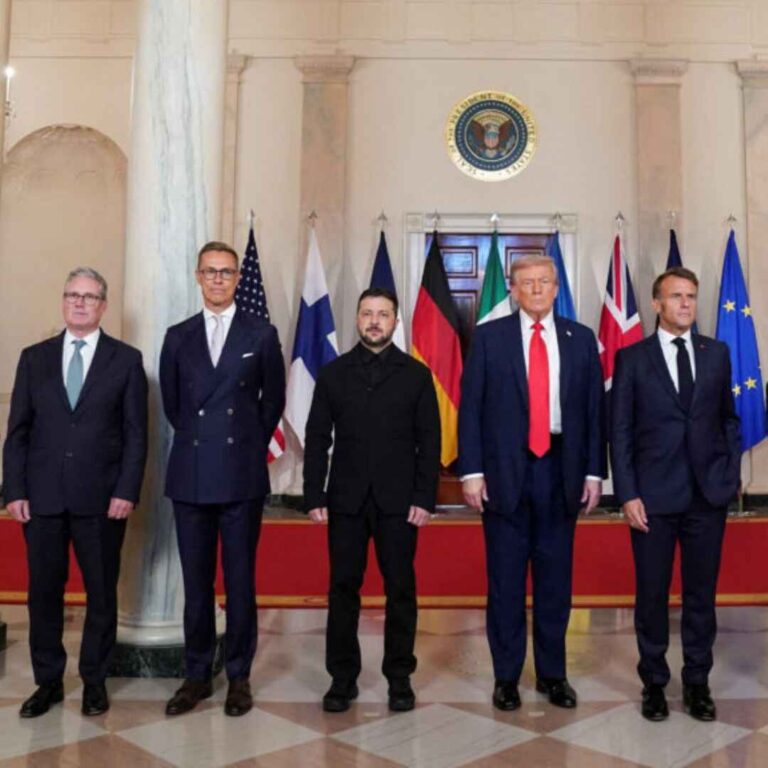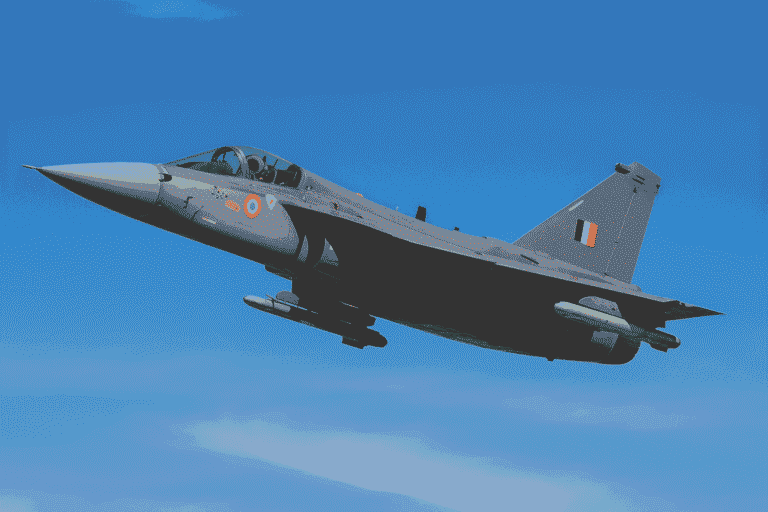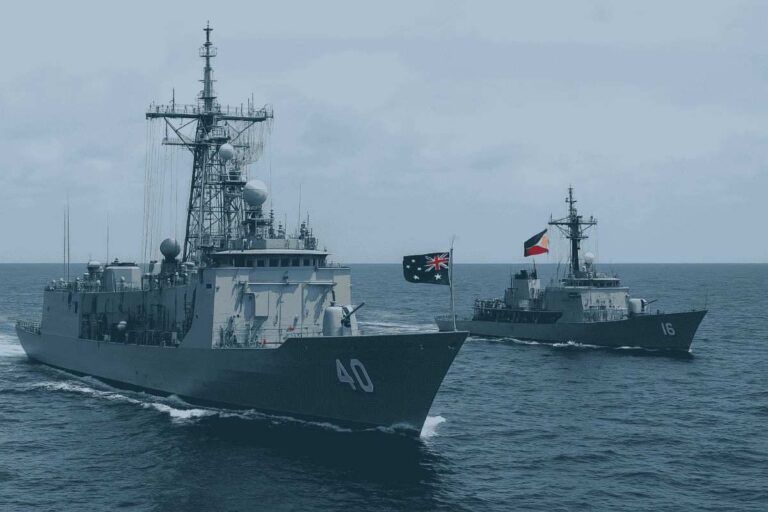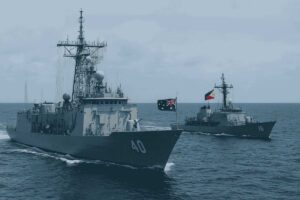Saturday, 23 August, 2025
Taiwan is unequivocally positioning itself to ramp up defense spending to an ambitious 5 percent of GDP by 2030, a decisive declaration that underscores its resolve to fortify national security in the face of relentless pressure from China and increasing demands from the United States for greater self-reliance in defense capabilities.
This pivotal announcement, made by President Lai Ching-te during a strategic visit to a naval frigate in Su’ao, marks a watershed moment in Taiwan’s defense strategy. As the island grapples with intensified military provocations from Beijing, including frequent incursions into its air defense identification zone and escalating worries about regional stability in the Indo-Pacific, the commitment to enhance defense capabilities has never been more crucial.
Defense Budget Proposal for the Year 2026
Taiwan’s defense spending trajectory kicks off with the 2026 budget proposal, which proposes NT$949.5 billion (approximately US$29.3 billion), accounting for 3.32 percent of GDP. This figure represents a staggering 22.9 percent increase from the previous year, the most significant year-on-year growth in almost two decades.
The proposed budget will also encompass funding for the Coast Guard Administration and the Veterans Affairs Council, aligning Taiwan’s financial reporting with NATO standards. This strategic alignment enhances transparency and signals Taiwan’s unwavering commitment to international defense norms and burden-sharing responsibilities.
Premier Cho Jung-tai clearly stated, “This budget reflects our steadfast determination to defend our sovereignty and democracy.” In the current volatile regional environment, Taiwan is making it clear: complacency is not an option.
Significance of the 5% Target
The 5 percent GDP target is framed as more than a mere policy shift; it is a vital element of a broader global security architecture. President Lai emphasized that “Taiwan’s security is not just Taiwan’s issue”; it is a critical component in maintaining peace and stability across the Indo-Pacific and the world at large.
By committing to defense spending levels typically reserved for wartime, Taiwan sends a powerful message to both allies and adversaries. While most NATO members strive to meet the 2 percent GDP threshold, Taiwan’s ambition to significantly exceed this figure recalibrates its deterrence strategy in a bold manner. Achieving the 5 percent target will position Taiwan among the highest defense spenders globally, comparable to nations like Israel and the United States.
Historical Spending Trends
Taiwan’s defense budget has continuously grown since the mid-2010s. Under former President Tsai Ing-wen, annual defense expenditures surged from around 2 percent of GDP in 2016 to nearly 2.5 percent by 2023. By 2024, the budget surpassed NT$600 billion, driven by key domestic initiatives such as the development of indigenous submarines, missile systems, and upgrades to fighter jets.
Despite facing significant opposition in 2025 that threatened proposed budget allocations, this recent announcement marks a decisive pivot toward aggressive defense spending. With the 2026 budget set to exceed the 3 percent threshold, Taiwan is firmly on the path to achieving a remarkable 2 percentage point increase over the next five years.
Catalysts for the Shift
The impetus for this dramatic shift in defense policy is clear. In March 2025, China revealed a 7.2 percent increase in its defense budget, continuing a trend of aggressive military spending growth. Beijing is rapidly expanding its naval capabilities, missile systems, and airpower while conducting nearly daily military operations near Taiwan.
While Chinese state media may label Taiwan’s defense enhancements as “provocative,” Taipei firmly maintains that these measures are purely defensive. The growing recognition among Taiwanese leaders is that reliance on U.S. arms sales and extended deterrence is no longer viable.
As defense analyst Mei-Fang Ho from National Chengchi University aptly noted, “The lessons from Ukraine resonate profoundly in Taipei.” Taiwanese leaders understand the imperative for credible deterrence from the outset, and a significant budget increase clearly demonstrates both intention and capability.
Fiscal Considerations and Strategic Calculus
Taiwan’s fiscal landscape poses challenges to achieving these ambitious defense spending targets. Unlike many advanced economies, where public expenditure hovers around 40-50 percent of GDP, Taiwan’s stands at just 13.7%. This limited fiscal base presents obstacles to allocating substantial resources for defense without compromising social services, infrastructure, and welfare programs.
Should Taiwan proceed with defense spending at 5 percent of GDP, it could consume up to 40 percent of total government expenditure unless revenue streams are substantially expanded.
Experts have outlined a roadmap for significant fiscal reforms, including:
- Reforming the tax structure to broaden revenue sources effectively.
- Introducing more progressive income tax rates.
- Reevaluating property and housing taxes strategically.
- Leveraging Taiwan’s strong semiconductor sector to enhance defense-related R&D.
“Scaling defense spending to this magnitude requires not just unwavering political will but also innovative fiscal strategies,” warns economist Chen Li-kung from Academia Sinica. “Without addressing these fiscal challenges, Taiwan risks undermining essential pillars of its society while striving for military fortification.”
The announcement has captured global attention, signaling a pivotal moment for Taiwan. The United States has openly endorsed this move, with the Pentagon commending Taiwan’s unwavering commitment to bolster its self-defense capabilities.
Japan, having elevated its own defense budget to exceed 2% of GDP, called Taiwan’s decision a “responsible and necessary response to the escalating regional security threats.”
In stark contrast, Beijing has reacted vehemently. A spokesperson for China’s Taiwan Affairs Office condemned the budget increase as “a dangerous provocation” and accused Taipei of squandering resources on ineffective militarization.
Taiwan’s bold decision to target 5% of GDP for defense spending by 2030 marks a transformative policy shift in its modern history. This action reflects a clear acknowledgment of the substantial threats posed by a more aggressive China and asserts Taiwan’s determination to uphold its democratic values in one of the most volatile regions of the world.
By committing such a significant portion of its national output to defense, Taiwan joins an exclusive group of nations. However, the journey ahead will be fraught with fiscal, political, and diplomatic hurdles. Achieving success will depend on effectively mobilizing resources, maintaining public confidence, ensuring fiscal sustainability, and strengthening alliances with partners.

